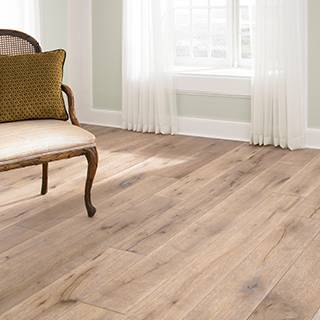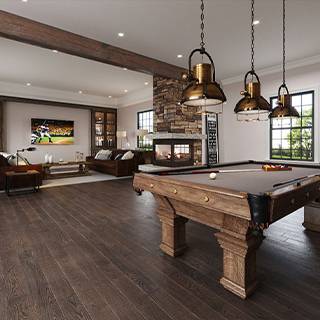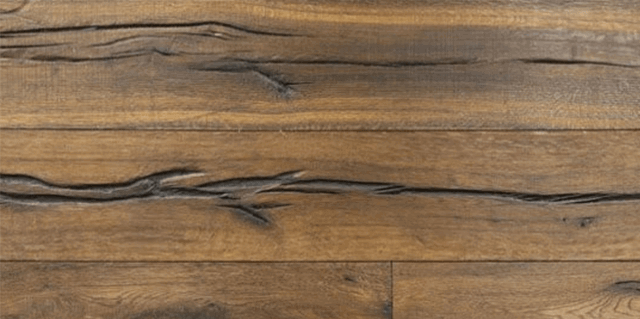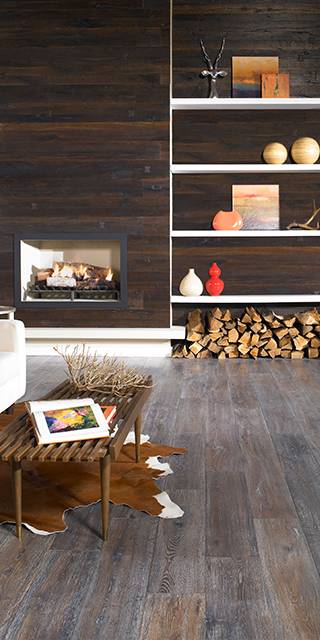Hardwood Finishes, Part 2: Non-Urethane Finishes
July 12, 2014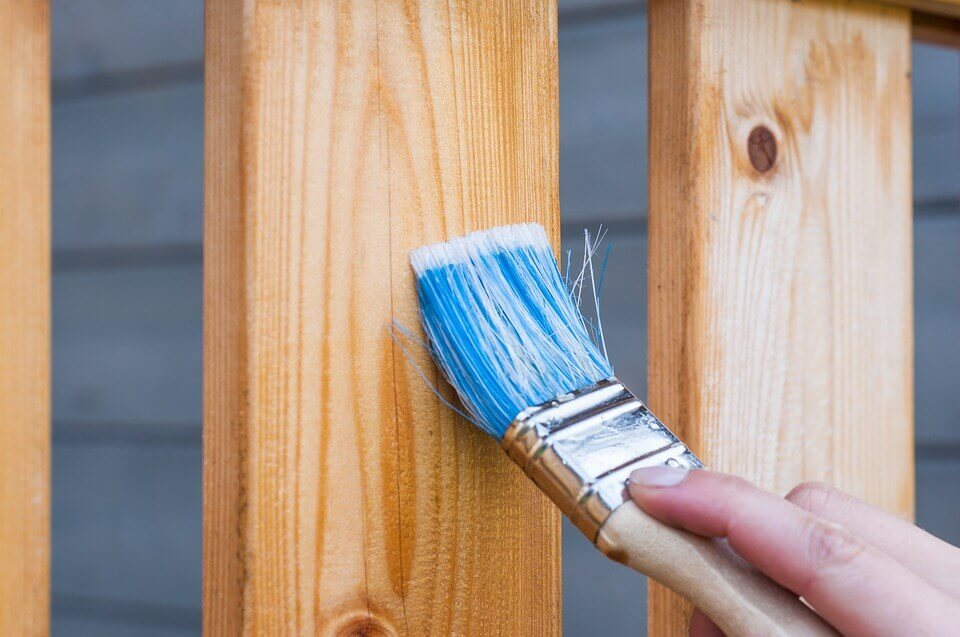
As promised in our post last month, in this post, we will look at some of the basic properties of non-urethane finishes, including penetrating sealers, wax finishes, and some of the surface finishes like shellac and lacquer that were popular before the advent of polyurethane finishes.
Penetrating Sealers
Since a natural look for wood floors has been coming back into style, let’s start with the finishes that are designed to protect wood while maintaining as much of its natural appearance as possible.
Most penetrating sealers have a base of either tung or linseed oil, which are both plant derivatives. There is also variation called “Danish oil”, which is a mixture of tung oil and varnish and is a bit more durable. These solutions fill the pores in the wood, bonding with the cells and then hardening as they dry, strengthening the wood’s surface. This means that, when you look at the floor, you are actually looking directly at the wood itself, modified though it be at a microscopic level. This is appealing if you are going for a natural look.
Of course this also means that wear occurs directly to the wood, rather than to a protective coating as with surface finishes. However, because the surface is less “polished”, the effects of heavy traffic tend to be less apparent and there is less likelihood of chips or scratches, which can also be repaired more easily. Additionally, restoring a floor finished in this manner can in some instances be as simple as applying another coat of the same sealant.
 Penetrating sealers are available with or without stain, but it should be noted that even those without stain will change the color of the wood somewhat, as the oils used in the sealers have a natural hue. You also have the option of applying the stain of your choice prior to applying the sealer.
Penetrating sealers are available with or without stain, but it should be noted that even those without stain will change the color of the wood somewhat, as the oils used in the sealers have a natural hue. You also have the option of applying the stain of your choice prior to applying the sealer.
With a penetrating sealer, the highest gloss you can expect is a satin finish. You can, however, apply wax once the floor is sealed to achieve a pretty high gloss. Of course, once you do this, the degree of maintenance required increases significantly, as wax tends to attract and trap particulates and requires frequent rejuvenation.
Wax
Like penetrating sealers, wax finishes bond with the cells of the wood and harden, but they also form a layer of protection over the surface of the floor, which does a fairly good job of protecting the wood from normal moisture. Also like the sealers, these finishes can be applied over a stain and tend to have a slightly amber tint, regardless.
Wax has been used to beautify and protect hardwood floors for centuries and is still common in older buildings where there is a commitment to maintaining the original flooring. As mentioned above, it requires quite a bit more maintenance than more modern finishes, and, like penetrating sealers, wear impacts the wood directly, rather than a hard protective coating.
Though a wax finish can be effective in protecting wood from moisture, the finish itself tends to discolor when exposed to spills, requiring the area to be buffed and sometimes recoated. Any owner of a wax-finished floor will generally always have wax on hand, as wax floors, which are especially susceptible to scrapes and scratches, need to be recoated and refinished much more often than floors with other finishes. Fortunately, wax finishes are fairly inexpensive, low odor, and easy to store, usually coming in the form of a paste that is rubbed into the wood and buffed. Periodically, the layers of wax that build up over time will also need to be scraped off down to the bare wood and the finish applied anew.
Varnish
Though you will sometimes hear the word “varnish” used to indicate anything used to seal wood, varnish is in fact a specific product based in oil or, in modern times, resin that was particularly popular as a finish for hardwood flooring during the 1960s era. Varnish was more resistant to wear than its contemporary, shellac, but proved no match for polyurethane and fell out of favor as urethane-based finishes became widely available.
Varnished flooring can be found with both matte and glossy finishes and tends to show more ambering over time than other surface finishers. People liked it because it was inexpensive and could be tinted a variety of colors. Unfortunately, compared to what we are accustomed to now, it scratches quite easily and quickly shows signs of wear. This is a particular problem because worn or damaged areas cannot be repaired easily without leaving visible lines where the old meets the new. It is also somewhat difficult to apply and emits a fairly high volume of volatile organic compounds (VOCs), which are unhealthy for people and the environment.
Shellac
Shellac is a resin made from secretions of the female Lac bug, native to the forests of India and Thailand. The resin comes in many different colors, all orange and brown in hue, and is sold as flakes that are dissolved in ethanol. The solution is then brushed on to create a high-gloss finish. Though shellac is still a popular method of finishing wood pieces like furniture and musical instruments, it is rarely use on floors any longer because it is highly susceptible to water damage and, like varnish, is not as durable as urethane-based surface finishes. It is, however, quite inexpensive and easy to apply and does not tend yellow like other surface finishes.
Lacquer
Like shellac, lacquer has traditionally been used to produce a high-gloss finish with any one of a variety of tints. Because it dries very quickly, it is typically applied with a sprayer rather than a brush, to ensure more even coating. Unfortunately, lacquer tends to be brittle and scratches easily, so it is rarely, if ever, used for flooring these days. Additionally, lacquer finish, which is made by dissolving nitrocellulose or other cellulose derivatives and plasticizers in a mixture of solvents, has high levels of VOCs and tends to emit hazardous fumes.
There are, of course, other options like acrylic impregnated and epoxy finishes, but these are primarily used for commercial purposes like, you know gyms and malls, where literally thousands of people will be walking on them and very few will be stopping to appreciate the beauty of the wood flooring. For our purposes, the finishes covered here and in our previous post should give you a good idea of what’s out there so that you can make an informed decision about how to finish your new floors or how to care for the floors you already have. And, as always, our hardwood experts are always happy to answer your questions.


